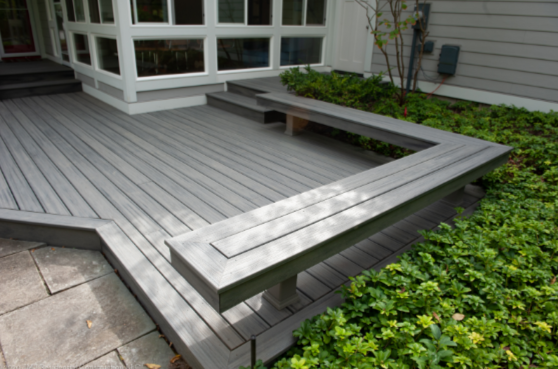The Origins of Costume Jewellery – these are all different terms for what is generally known as ‘jewelry’. Fashion jewelry is basically jewelry that is custom made to match or complement a particular outfit (or “clothing” as it was known as fine clothing) as opposed to real jewelry that is made and designed for themselves without regard to what they “match” them with. ( occult tetragrammaton necklace ) “Also unlike real jewelry, fashion jewelry is often made of cheaper materials and stones such as base metals, glass, plastics, and synthetics rather than real diamonds and rare metals.
From the 20th century to the 1940s or 1950s, including luxury necklaces and bracelets, especially quantities The profusion of clip-on earrings (since pierced ears were, in fact, considered uncivilized in past generations) with many leafy styles in pearl clips on earrings, semi-gemstone clips on earrings and Swarovski crystal clips on earrings, etc. on. In fact, nowadays, ancient jewelry is often kept in precious collections as if made of original stones and metals. – Spoo-Design
The origin of cheap jewelry and ornament cannot be precisely dated, of course, but the real era of jewelry, as it is known today, appeared in the 1930s, when it was made to keep up with the various fashion trends of the time. In this way, it became possible for women to follow jewelry trends without spending fortunes, thus opening a new path for artistic freedom in jewelry and design. Jewelry was basically no longer souvenirs, investments, or precious heirlooms – they were expressions of fashion trends just as good as clothes and also variants. Therefore, fashion jewelry has gone through many design eras to reflect fashion styles, in particular, the three main generally accepted “periods” of the Art Deco period, the retro period, and the Art Nouveau period.
The Art Deco
The Art Deco period occurred mainly between the 1920s and 1930s, and was also, of course, the first time that fashion jewelry was introduced into actual mass production. The style was meant to be the marriage of the creative sensibilities of art and the angular, machine-oriented era of mass production that dominated the industry at the time. Geometric patterns and symmetrical designs have mostly replaced rounded and circular curves. The collections also featured bracelets, long pendants, cocktail rings, and ornate accessories such as cigarette cases and cigarette holders. However, the Art Deco movement came to its relative end when the Great Depression took hold, as well as with the onset of World War II.
Then came the Retro period, which spanned from about 1935 to 1940, around which time the designs also reflected a dynamism between the craft of authentic traditional jewelry rather than mass-produced jewelry and ornaments. But this time, the designs struggled with this dynamism rather than using it as an inspirational base for the overall style (with the machine-like geometric patterns of Art Deco), so vintage jewelry sought a union with themes. Materials.
In addition to plastic and synthetic materials. Flowers, bows, and sunshine designs became popular, especially in Hollywood, which in turn greatly influenced fashion through movies. Also moonstones, ballet, horse ornaments, military influences, etc. It all started when a jewelry store tried to reconnect with traditional beauty and historical images of lifestyle. As America was recovering economically at this time, while Europe was at war and in a deep economic depression, America was a leader in jewelry design and manufacture at this time, until the Art Nouveau period appeared.
The Art Nouveau period came after World War II, between 1945 and 1960, and while it was still following a trend back in traditional jewelry design, this period saw a decline in the big, bold themes of the retro period. In general, jewelry of the 1950s and 1960s was more personalized and understated in its themes and references, if not understated in its overall look and bold style.
Jewelry
Jewelery at the time was very bold and luxurious, with large and oversized bangles or charms, cut from rhinestones, jade, opal, topaz, and citrine. Brooches were also popular, and these brooches often expressed overt references to a specific subject or representational image in Art Modern jewelry, such as poodle brooches and Christmas brooches. In fact, Christmas-themed jewelry sets were also popular.
After 1960, it became difficult to determine the general trend of fashion jewelry. Some say that fashion jewelry has merged into so many widely available pieces of jewelry that it can no longer be said to focus on specific themes, styles, or fashions of an era. Today, in particular, the global marketplace allows the average consumer of jewelry to choose from countless cultural and fashion styles from all over the world and even throughout history.
This is not to say that there is no look or trend that is highly recognizable in this generation, but that it is difficult to identify with the explosion of global exchange, global production, global communication, and fashion trends that are developing as rapidly as the Internet or television can show. Truly, jewelry and fashion reflect the era in which they exist, and today fashion is fast. Fashion jewelry, while thriving, is often a mixed and changing thing, like all modern art, industry, and media.





Leave a Reply